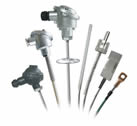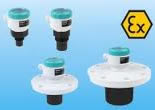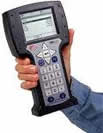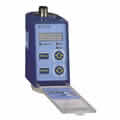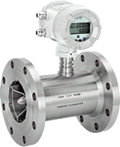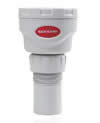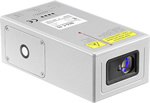Step Motor
Stepper motors or stepper motors or stepper motors are coalless or brushless motors that have toothed poles or steps at a certain angle in each complete rotation by having toothed poles in their rotor. In other words, a stepper motor is a device. It is an electric rotation that has a discrete or stepped angle, and each pulse sent to the motor causes the motor axis to move to a certain angle, which is called the stepping angle .
The distinctive feature of stepper motors is that they do not require feedback from position or speed sensors to control the position or speed of the motor, or in other words, they have an open loop control circuit. Step motors are divided into three general categories.
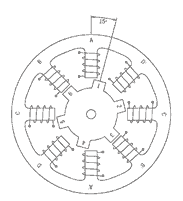 1- Variable Reluctance Stepper motor, which has the simplest structure and consists of a rotor made of soft-toothed iron and a winding stator, which has toothed poles by passing DC current through the windings. They become magnetic, respectively, and angular rotation occurs during absorption.
1- Variable Reluctance Stepper motor, which has the simplest structure and consists of a rotor made of soft-toothed iron and a winding stator, which has toothed poles by passing DC current through the windings. They become magnetic, respectively, and angular rotation occurs during absorption.
 2 - Permanent magnet step step motors that work with a permanent magnet in the rotor and gravity and repulsion with a stator winding and has a small price and resolution or rotation angle (usually between 7.5 to 15 Degree or 48 to 24 steps). Note that in the stepper motor the temperature or PM magnet is no longer a gear rotor. Also, this stepper motor model has better torque characteristics than the variable reluctance stepper motor.
2 - Permanent magnet step step motors that work with a permanent magnet in the rotor and gravity and repulsion with a stator winding and has a small price and resolution or rotation angle (usually between 7.5 to 15 Degree or 48 to 24 steps). Note that in the stepper motor the temperature or PM magnet is no longer a gear rotor. Also, this stepper motor model has better torque characteristics than the variable reluctance stepper motor.
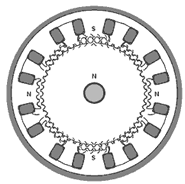 3- Hybrid step motor, which is more complete and expensive than the previous two models and can be accurate from 3.6 to 0.9 degrees or 100 to 400 steps per round, and borrows the best properties of the reluctance stepper motor and permanent magnet. This means that the gear is similar to the reluctance motor step and has an axial and concentrated magnetic property around the shaft, such as a stepper motor with a permanent magnet, which has a holding and moving torque with better properties than the other two motor steps.
3- Hybrid step motor, which is more complete and expensive than the previous two models and can be accurate from 3.6 to 0.9 degrees or 100 to 400 steps per round, and borrows the best properties of the reluctance stepper motor and permanent magnet. This means that the gear is similar to the reluctance motor step and has an axial and concentrated magnetic property around the shaft, such as a stepper motor with a permanent magnet, which has a holding and moving torque with better properties than the other two motor steps.
 Due to the nature of the operation of step motors, other special designs can be used for different applications, for example, step motors with magnetic disks that have taken advantage of low and optimized initial start-up inertia of the magnetic field path and are used in some special applications.
Due to the nature of the operation of step motors, other special designs can be used for different applications, for example, step motors with magnetic disks that have taken advantage of low and optimized initial start-up inertia of the magnetic field path and are used in some special applications.
Below are some of the advantages and disadvantages of step motors.
Advantages of stepper motor
1. The angle of rotation of the motor is suitable with the input pulse
2. The motor has its full torque even when it is not moving (provided the current passes through the page wire)
3. Precise position and repeatability of movement with an accuracy of about 3 to 5% A step
4. Excellent response to start, stop and move in the opposite direction
5. Reliability and long life due to no charcoal engine
6. No need for closed circuit and cheap control
7. Possibility to reach very low speed with Load that is coupled directly to the shaft
8. Due to the proportionality of the input pulse and the frequency range of a significant range of motor speed is available
Disadvantages of stepper motor
1. Possibility of resonance if not properly controlled
2. Does not perform well at very high speeds
- Popular products

German laser thermometer with external thermocouple K tool 1725

Level controller / roller blade switch for solids and powders, model 1872

Industrial Laser Thermometer Instrument 1727

12-channel temperature recorder thermocouple tool 1189


